With so much to see and so little time, here’s our pick of the best museums in Malta.
1. St John’s Co-Cathedral & Museum
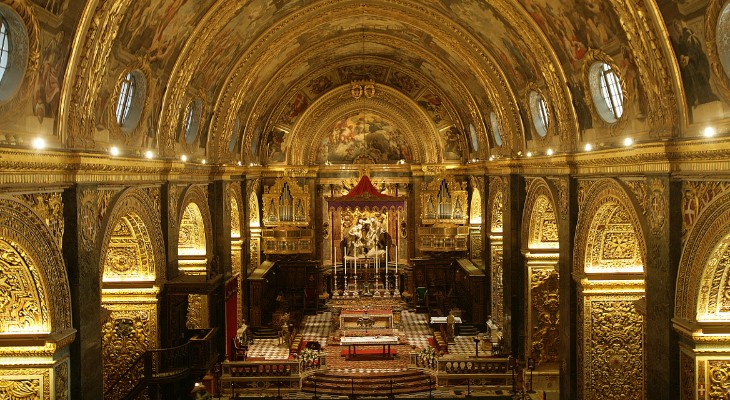
www.viewingmalta.com
The stark fortress-like exterior of St John’s Co-Cathedral in Valletta belies its stunning interior. Built as the conventual church of the knights, it was designed to symbolise their military strength and religious piety. They employed celebrated artists from Europe to adorn the ceilings, vault and walls with works of art, testament to the order’s political and cultural power. Walk in from the harsh Maltese sunlight and you will be immediately struck by the cooler air inside, the way the light strikes the gilded walls and the intricate marble tombstones which make up the flooring. Baroque paintings by Italian artist Mattia Preti, depicting scenes from the life of St John the Baptist, can be viewed in the main church. But don’t leave without visiting the Cathedral’s museum and experiencing 'The Beheading of St John the Baptist' by renegade painter Caravaggio, widely regarded as his greatest masterpiece.
2. Fort St Elmo & National War Museum
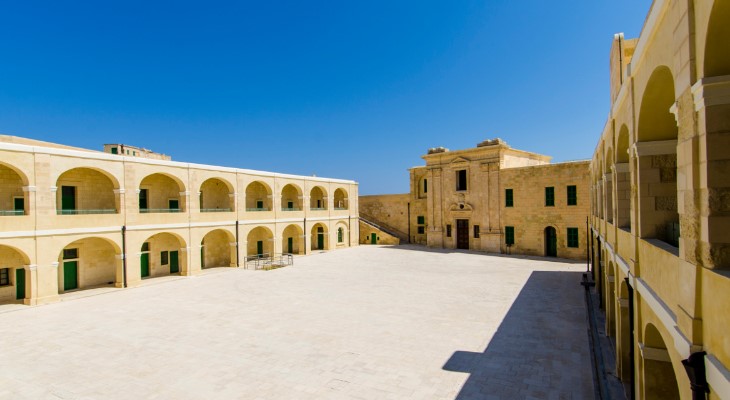
Steven Psaila and Fort St Elmo
This 16th century fortress built to withstand the onslaught of the Ottomans has withstood the test of time more than some of its counterparts. It has recently been restored (opening again to the public in 2015) after falling into some disrepair over the years. Now once more a glorious site, history oozes from its walls. The pock-marked granaries at the entrance of the fort take you back in time before you even walk through the thick fortifications, but inside is where history truly comes alive. Make sure to visit the small chapel where the knights fought to their death during the Great Siege in order to protect the altar, and head for the National War Museum containing dramatic artefacts of the island’s bravery.
3. The Grandmaster’s Palace
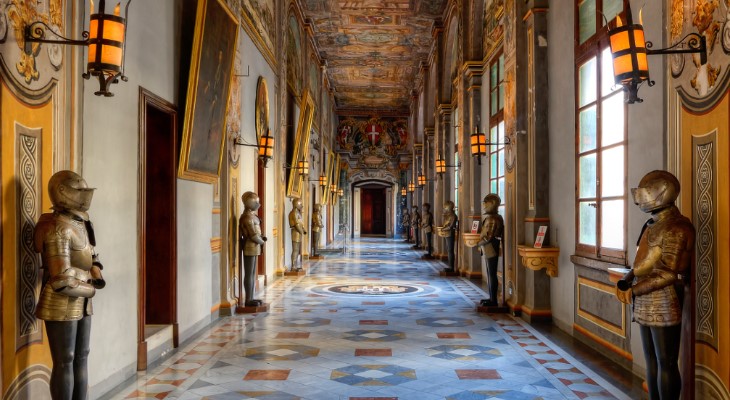
Clive Vella and www.viewingmalta.com
Nestled in the heart of Valletta, the Grandmaster’s Palace is, literally, an institution. It started life as the official residence of the Grand Masters (as the name implies) and, following the arrival of the British, became that of successive governors during colonial times. For decades after independence in 1964, it was used as the Office of the President of the Republic and the seat of Parliament, until this moved to the new building at the entrance of the capital. Its rich history is matched by the splendour which can be seen inside and the lavish Palace state rooms. Watch out for the sumptuous 18th century French Gobelin tapestries which feature exotic scenes of Africa and the Indies; the Baroque ceiling paintings and visual depictions of the Great Siege of Malta in 1565, as well as the impressive collection of armoury from the 16th through to the 18th centuries.
4. Casa Rocca Piccola
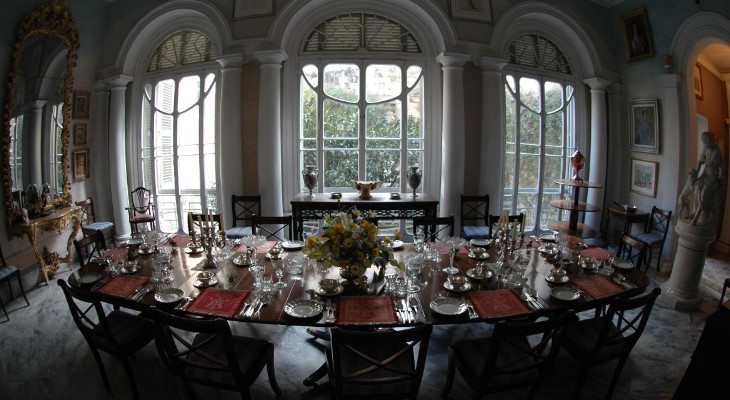
www.viewingmalta.com and Casa Rocca Piccola
Further down the road from the Grand Master’s Palace, behind one of the many colourful wooden doors which line the main thoroughfare of Republic Street, Casa Rocca Piccola is a 16th century palace used for centuries by a Maltese aristocratic family, and still enjoyed as a family home. Showing off an impressive amount of cultural and historical objects d’art and antiquities – from the sedan chair made for a French nobleman to the detailed setting of the summer dining room – this architectural gem gives you a glimpse of the exalted day-to-day life of the privileged.
5. Wignacourt Museum & St Paul’s Grotto
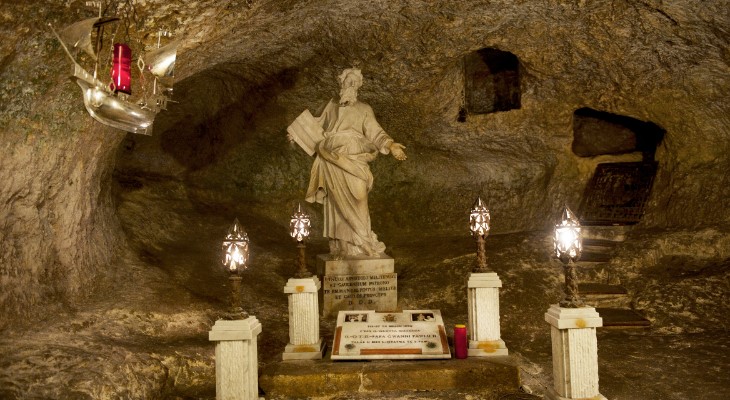
Wignacourt Museum and www.viewingmalta.com
Head towards the north of the island to the Wignacourt Museum, housing religious relics and iconic paintings, such as Mattia Preti's 'Penitent Peter, St Peter in Pontifical Robes and Madonna of Sorrows'. Situated just opposite the imposing collegiate church of St Paul, the museum is part of the same building and is also built over a grotto where, it is said, St Paul spent the three months he was in Malta. An air-raid shelter, used during the Second World War, also lies beneath – just a few moments in there and you’ll get a sense of the claustrophobic and tightly-knit days people experienced beneath the town, while the bombs dropped above.
6. The Roman Villa
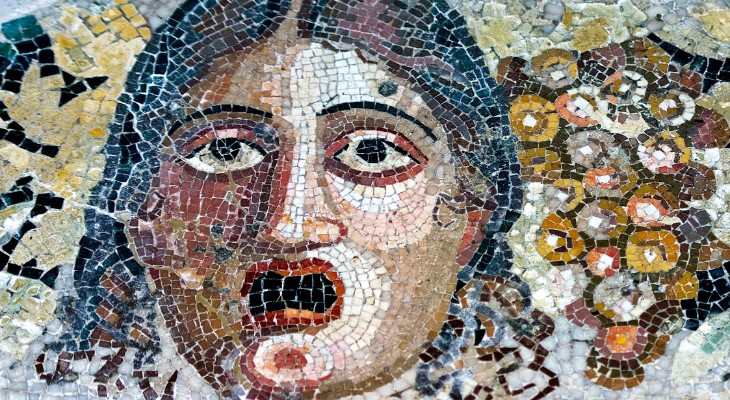
www.viewingmalta.com
The Domus Romana, otherwise known as the Roman Villa, is situated on the outskirts of Mdina, right beside the walled city’s honeycombed fortifications. It’s a reminder of the power held by Rome in this part of the Mediterranean and, while the house is not the original (this present iteration was built in the 1920s), it is based and built upon the ancient remains of the one excavated on this site, dating from the 1st century BC. The area around Mdina is known for its archaeological importance, with Roman pottery and other artefacts constantly being dug up as land is excavated for new residences, and there’s plenty of evidence from the period in this museum. The highlight, however, is the mosaic flooring, which will have you looking for your toga and exclaiming ‘more wine serf!’
7. The Inquisitor’s Palace
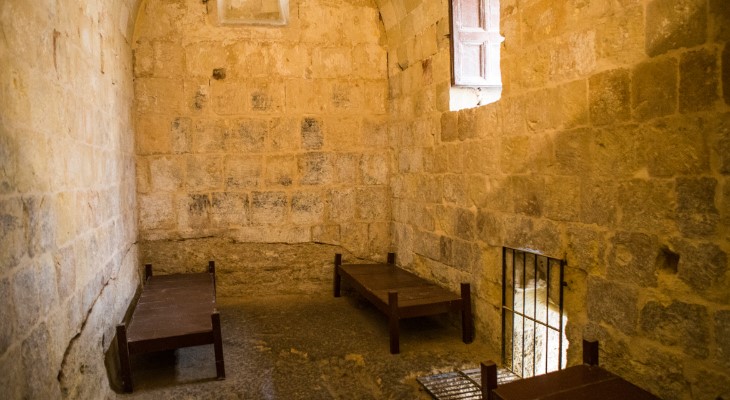
Aaron Briffa and www.viewingmalta.com
The Three Cities – the name given to the towns of Vittoriosa, Bormla and Senglea – have experienced their fair share of problems. With the Great Siege in 1565 battering their fortifications, these port towns were destined to be written about in the history books. The Inquisitor’s Palace, tucked away on one of the side streets in Vittoriosa is testament to that history. The inquisition lasted for over 200 years in Malta – even Caravaggio was pulled in front of the inquisitor as witness in a case of bigamy. And this building reminds us of this stifling period, during which the heavy hand of the church reigned supreme. Graffiti on the walls of the prison cells, left by their former residents, are poignant reminders of people’s suffering, as is the macabre torture chamber.